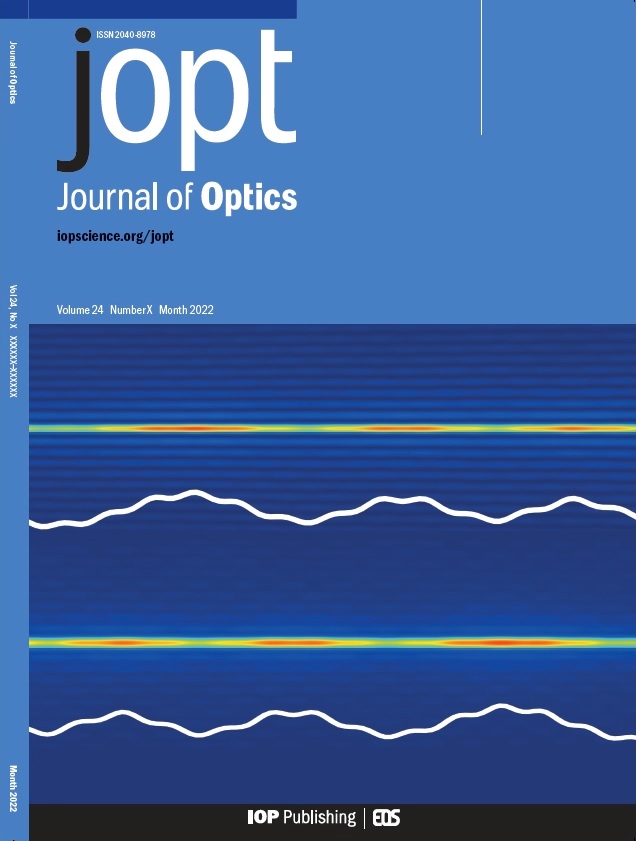spectral & pulse compression in nonlinear optical fibers
shorter, faster, brighter, stronger
In nonlinear optics, spectral compression and pulse compression are key processes used to control and manipulate the characteristics of optical pulses.
-
Spectral Compression: This refers to the reduction of the spectral bandwidth of an optical pulse while maintaining its temporal duration. It typically occurs in nonlinear media where processes like self-phase modulation (SPM) can redistribute the frequency components of a pulse, leading to a narrower output spectrum. Spectral compression is useful in applications requiring precise wavelength control and stability, such as in telecommunications and spectroscopy.
-
Pulse Compression: Pulse compression involves shortening the temporal width of an optical pulse, often leading to ultrashort pulses. This is usually achieved through dispersive elements or nonlinear effects like chirped pulse amplification (CPA) and SPM. Pulse compression is widely used in generating high-intensity ultrafast pulses for applications in microscopy, material processing, and laser-driven particle acceleration.
Both concepts play a crucial role in enhancing the performance of optical systems and enabling advanced photonic applications.
The original project is maintained by Prof. Qian Li’s group (Wu & Li*, 2019).

This project is now non-active. We seek the opportunity of further developement in the future.


